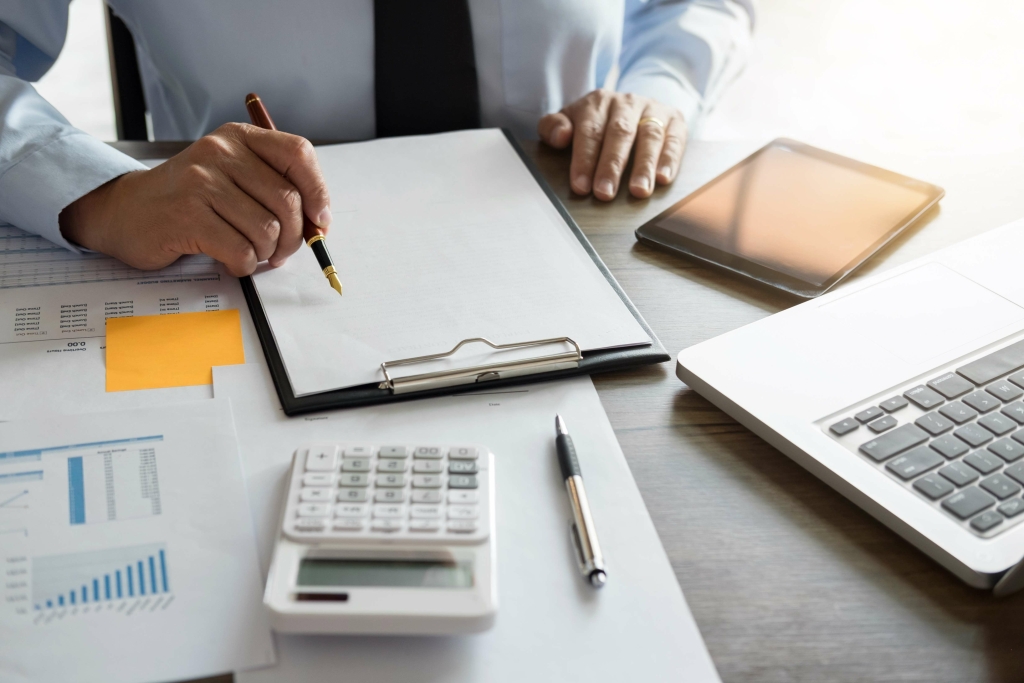
Believe me — only having to look at one set of bank statements is a lifesaver during tax season. A profit and loss (P&L) statement is a snapshot of your business’s income and expenses during a given time period (like quarterly, monthly, or yearly). This calculation will also be reflected on your business’s Schedule C tax document. A balance sheet is a snapshot of the business’s financial standing at a single point in time.
Long-term liabilities
- An accountant can prepare a balance sheet at any time that a manager wants to know how things stand financially.
- Cash, the most fundamental of current assets, also includes non-restricted bank accounts and checks.
- Based on this information, potential investors can decide whether it would be wise to invest in a company.
- In this balance sheet, accounts are listed from least liquid to most liquid (or how quickly they can be converted into cash).
- Your method of collecting money is often referred to as your payment gateway.
- Management accountants present financial data to stakeholders and senior leadership at a company.
It lets you see a snapshot of your business on a given date, typically month or year-end. It is also a valuable tool for management to know the value of assets a business owns, including equipment, bank balance and what it owes at any given time. While an asset is something a company owns, a liability is something it owes. Liabilities are financial and legal obligations to pay an amount of money to a debtor, which is why they’re typically tallied as negatives (-) in a balance sheet.
How to Read a Company’s Balance Sheet
These reports are also used to disclose the financial position and integrity of your business (i.e., the overall value of your company), which is vital for attracting investors. Lastly, these statements are legally required to be produced and filed by public companies. A review of a company’s most recent balance sheet reveals a notable increase in cash and short-term investments compared to the prior year. This positive trend suggests a robust generation of cash flow, potentially driven by balance sheet for dummies a recent product launch or a surge in sales. This could signal the company is taking on more debt from suppliers to fuel its growth.
Beginner’s Guide to Financial Statements

That’s why you Insurance Accounting can take it as your personal Way(ne) to achieving big dreams. Startup life is all about balance – and not just the kind where you’re dodging your cat on the way to a Zoom call. But one thing you absolutely can’t ignore is your company’s finances. Apple is a highly profitable and efficient business growing rather quickly, even with its large size. In fact, Apple’s market value is currently about $2.7 trillion — about 43 times its shareholders’ equity or book value. Unlike a foreign language, however, a balance sheet is pretty easy to get a fix on as soon as you figure out a few basics.
These things might include short-term assets, such as cash and accounts receivable, inventories, or long-term assets such as property, plant, and equipment (PP&E). Likewise, its liabilities may include short-term obligations such as accounts payable to vendors, or long-term liabilities such as bank loans or corporate bonds issued by the company. Financial accounting focuses on the value of the company’s assets and liabilities. These accountants make sure that a company’s accounting follows the Generally Accepted Accounting Principles, which I will describe below. These accountants also work with cash flow statements and balance sheets.
- Cost accountants create a constant record of all costs incurred by the business.
- I recommend opening two accounts — one checking account and one savings account, the latter in which you’ll stash money for taxes and unforeseen expenses.
- Along with the income statement and cash flow statement, the balance sheet completes the trifecta of business reports crucial to managing a company’s success.
- HBS Online does not use race, gender, ethnicity, or any protected class as criteria for admissions for any HBS Online program.
- Balance sheets should also be compared with those of other businesses in the same industry since different industries have unique approaches to financing.
Business Insights

Lastly, inventory represents the company’s raw materials, work-in-progress goods, and finished goods. Depending on the company, the exact makeup of the inventory account will differ. For example, a manufacturing firm will carry a large number of raw materials, while a retail firm carries none. The makeup of a retailer’s inventory typically consists of goods purchased from manufacturers and wholesalers. Below is a sample balance sheet to give you an idea of how it looks. If you’ve ever purchased a home, you probably know about the debt-to-equity ratio.
We and our partners process data to provide:
Following is a balance sheet for a fictitious company that shows just a few key accounts typically found in a balance sheet. These accounts and numbers come from a company’s trial balance worksheet, the details of which are drawn from the final adjusted trial balance. It’s important to understand current vs. non-current liabilities because they affect your business differently and are listed separately on the balance sheet. Use this small business guide to gain a better understanding of what a balance sheet is and how to use it.


A business can prepare the balance sheet in several ways, but accounting software is the easiest. A business owner, bookkeeper, or accountant usually prepares the balance sheet. Here’s an example to help you understand the information to include on your balance sheet. In the example below, we see that the balance sheet shows assets (such as cash and accounts receivable), liabilities (such as accounts payable, credit cards, and taxes payable), bookkeeping and equity.
